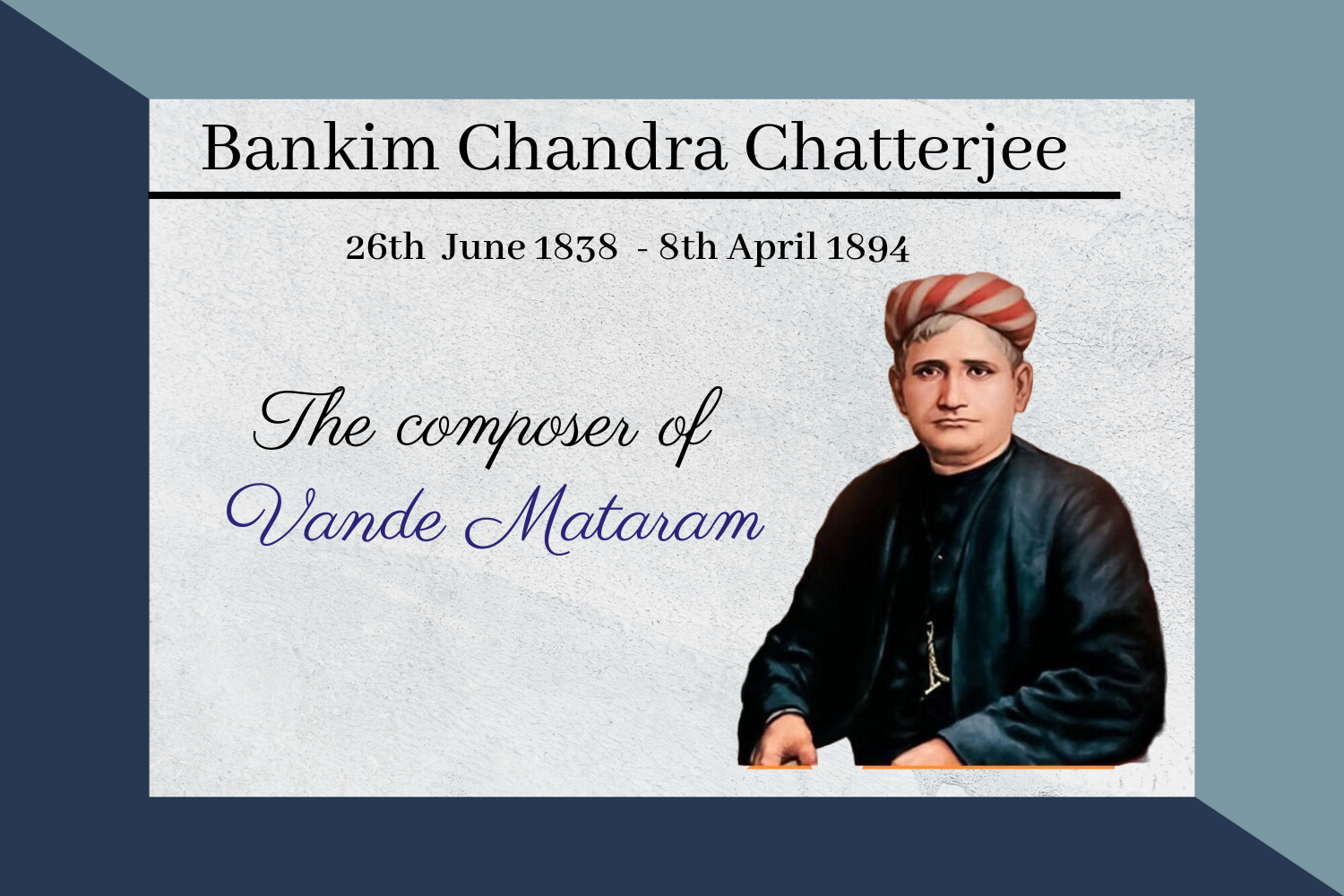This year marks the 25th anniversary of Kargil Vijay Diwas (KargilVijayDiwasRajatJayanti), a day etched in history to honor the courage and sacrifice of the Indian Armed Forces in the Kargil War of 1999. It’s a day to remember the bravery displayed in the face of adversity, a day that echoes with the chants of “Jai Hind” and the unwavering spirit of our nation.
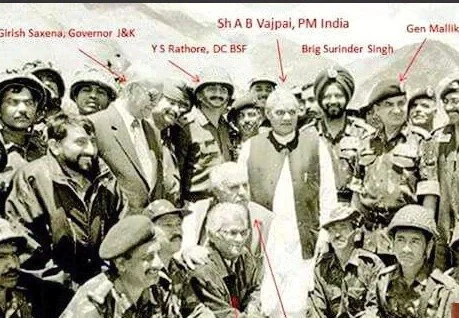
A Look Back: The Kargil War (1999)
The Kargil War, a two-month long conflict fought between India and Pakistan in the Kargil district of Jammu and Kashmir, was a turning point in the history of the region. Here’s a deeper look at the events that unfolded:
- The Infiltration: In the winter of 1998-1999, Pakistani soldiers and Kashmiri militants, disguised as mujahideen, infiltrated across the Line of Control (LoC) into Indian territory. They occupied strategically important high points, including the infamous Tiger Hill, a peak that gave them a dominant vantage point overlooking Indian supply routes.
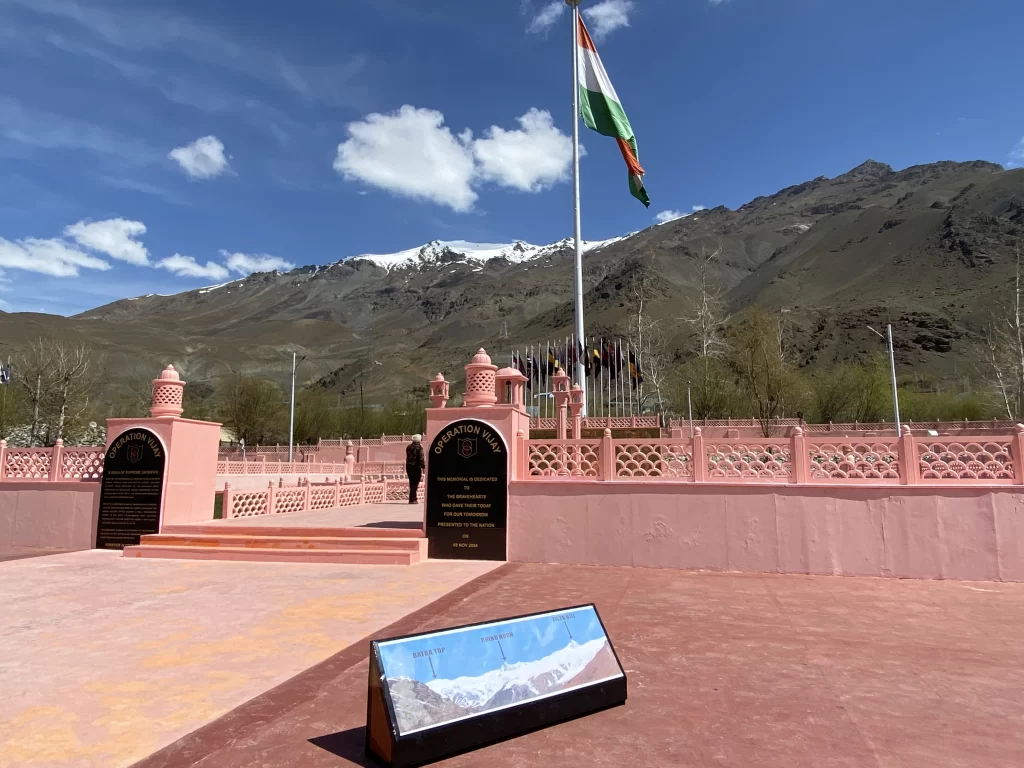
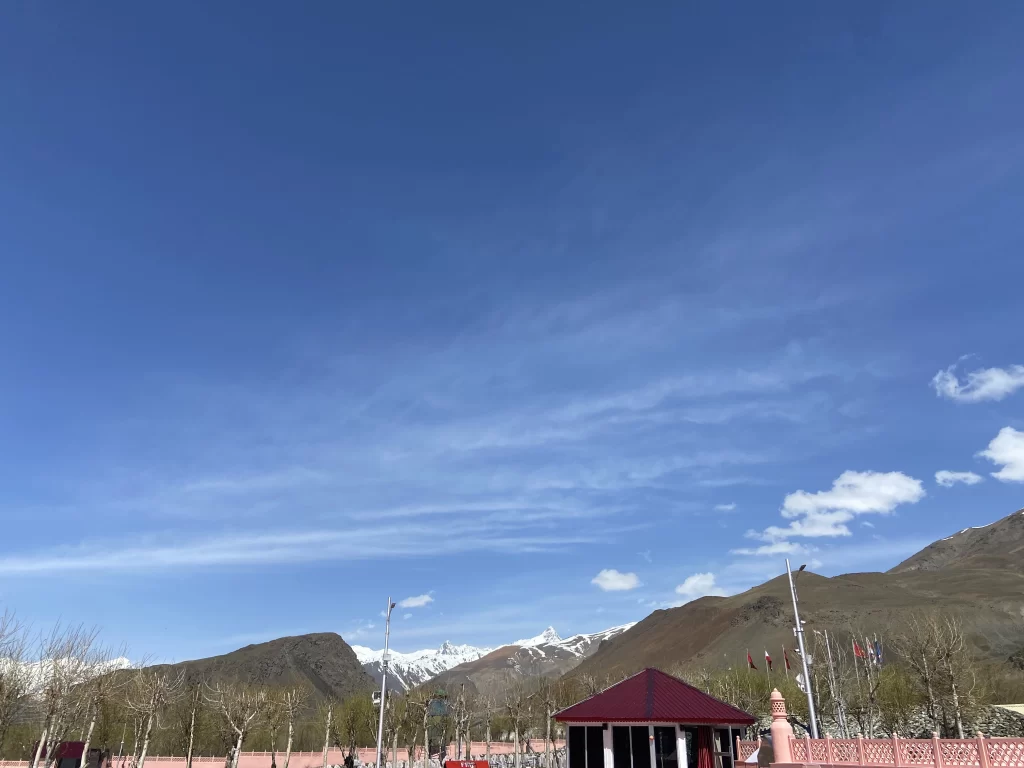
- Discovery and Initial Response: During the harsh winter months, the Indian military presence in Kargil is scaled back. This, combined with the militants’ disguises, initially led to them being mistaken for local Kashmiri shepherds. However, a crucial turning point came in early May 1999 when local shepherds reported observing unusual activity and spotting suspicious individuals in the region.
- Alert by Shepherds: In a remarkable act of vigilance, a shepherd named Tashi Namgyal, while searching for a lost yak, spotted Pakistani soldiers in camouflage on May 3rd, 1999. He reported this sighting to the nearest Indian Army post, which triggered further investigation and ultimately led to the discovery of the full-scale infiltration.
- Combined Efforts and Escalation: The reports from the shepherds, along with increased shelling activity and discrepancies noticed by patrolling soldiers, caused the Indian Army to investigate further. By early May, the full scale of the Pakistani infiltration became clear. Pakistan initially denied its involvement, but mounting evidence proved otherwise.
Proof of Pakistani Involvement:
While Pakistan initially downplayed its role in the conflict, the Indian Army gathered crucial evidence that exposed their involvement:
- Intercepted Communications: Indian intelligence agencies successfully intercepted radio communications between Pakistani military commanders and soldiers on the ground in Kargil. These communications provided concrete proof of Pakistan’s military presence and strategic planning.
- Military Equipment and Documents: During the course of Operation Vijay, Indian soldiers recovered Pakistani military equipment, uniforms, and documents from captured positions. These items served as undeniable evidence of Pakistan’s involvement in the conflict.
- Statements from Captured Soldiers: In some instances, captured Pakistani soldiers confessed their involvement and provided details about their deployment and orders.
This cumulative evidence, along with international pressure, forced Pakistan to acknowledge its role in the Kargil War.
Operation Vijay: A Nation Responds
India responded swiftly with Operation Vijay, a large-scale military operation to reclaim the occupied territories. The operation faced several challenges, including the harsh mountainous terrain, enemy fortification on strategically important peaks like Tiger Hill, and initial limitations on Indian Air Force operations.
The Strategy and The Outcome:
Despite these challenges, Operation Vijay was meticulously planned and executed. Over 200,000 troops were mobilized, with a focus on infantry assaults to dislodge Pakistani forces. Artillery played a crucial role in softening enemy positions, and the Air Force gradually gained operational freedom to provide close air support. The capture of strategically important peaks like Tiger Hill became a priority.
The courage and determination of the Indian soldiers on the ground, coupled with effective air support and strategic planning, led to the success of Operation Vijay. By July 26th, 1999, all Indian territory occupied by Pakistani forces had been reclaimed. The war showcased the exceptional skills and resilience of the Indian Armed Forces.
Remembering the Heroes: Yeh Dil Maange More
The sacrifices made during Operation Vijay will never be forgotten. Soldiers like Captain Vikram Batra, whose rallying cry of “Yeh Dil Maange More!” (This heart desires more!) during the capture of Tiger Hill, continue to inspire future generations. Their bravery and leadership in the face of adversity are etched in the memory of the nation.
The Kargil War Memorial: A Pilgrimage for Every Indian
Standing tall amidst the majestic Himalayas, the Kargil War Memorial in Dras, Ladakh, is not just a monument; it’s a sacred space that immortalizes the courage and sacrifice of the Indian soldiers who laid down their lives during the Kargil War of 1999.
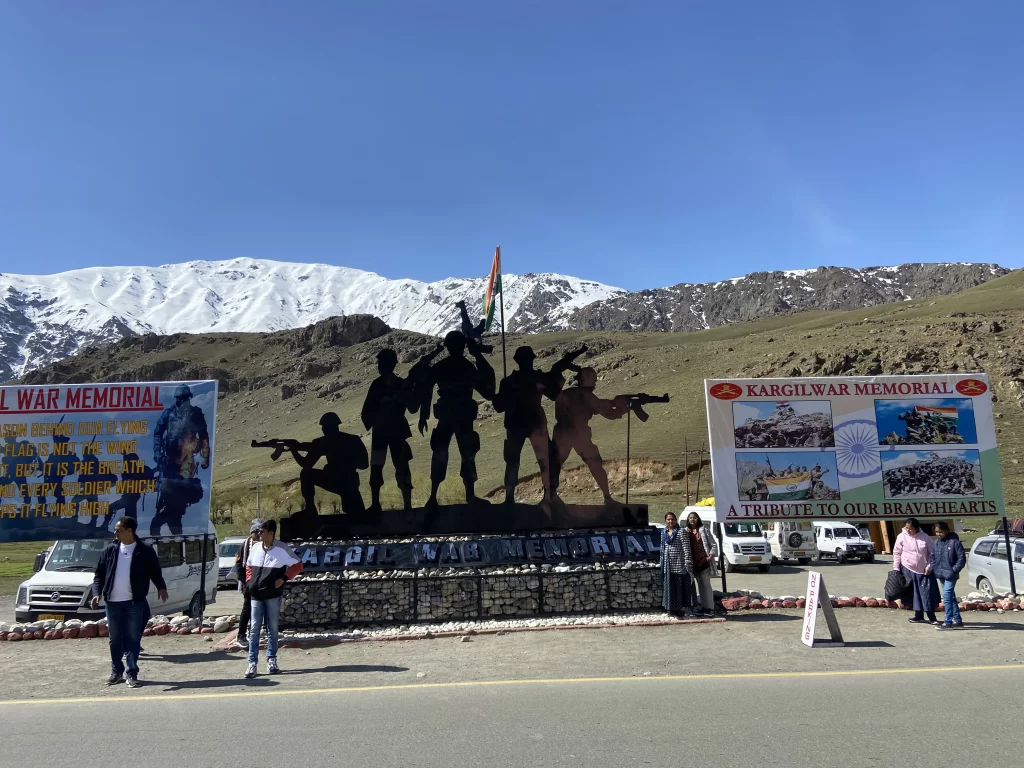
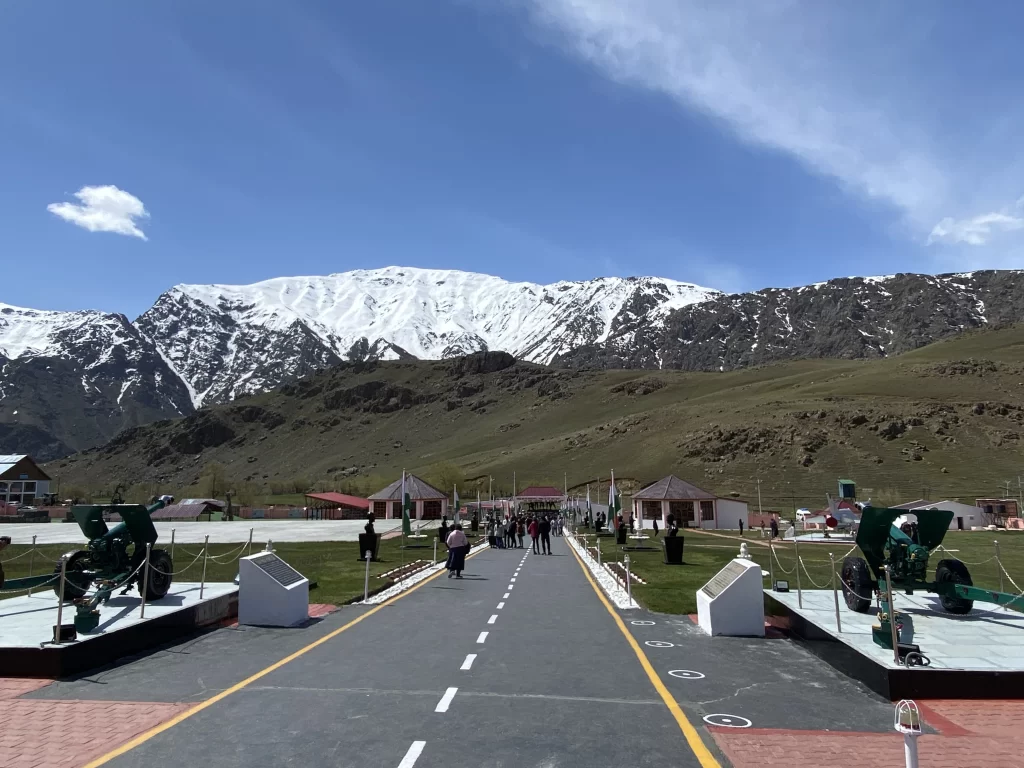
It’s a place that evokes a sense of immense pride and inspires reflection. Here’s a closer look at this significant landmark:
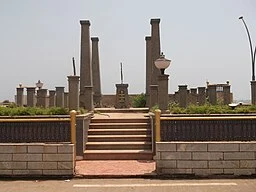
- Structure: Built with pink sandstone, the memorial features an eternal flame and an epitaph dedicated to the martyrs. The names of over 500 soldiers who died in the Kargil War are inscribed on the memorial walls, serving as a constant reminder of their sacrifice.
- Museum: The memorial complex also houses a museum that showcases artifacts, photographs, and war memorabilia from the Kargil conflict. Visitors can gain a deeper understanding of the battles fought, the weapons used, and the sacrifices made by the soldiers.
- War Gallery: A special section within the museum, named after Captain Manoj Pandey, showcases his life and heroism. This section features photographs, letters, and captured Pakistani weapons from the war.
- Significance: The Kargil War Memorial is not just a monument; it’s a place of pilgrimage for families of the martyrs and a symbol of national pride for every Indian citizen. It serves as a reminder of the courage and determination displayed by the Indian Armed Forces in the face of adversity.
A Call to Honor the Heroes:
If you’re planning a trip to Kashmir, consider extending your itinerary to include a visit to the Kargil War Memorial. It’s not just a detour; it’s an opportunity to pay your respects to the fallen heroes and gain a deeper understanding of the sacrifices made to safeguard our nation’s borders.
Witnessing Valor Etched in Stone:
The memorial, built with pink sandstone, features an eternal flame and an epitaph dedicated to the martyrs. Over 500 names of soldiers are inscribed on the walls, serving as a constant reminder of their bravery. A museum within the complex houses artifacts, photographs, and war memorabilia from the Kargil conflict, offering a glimpse into the battles fought and the resilience displayed.
A Journey Through History:
Standing amidst the serene Himalayan landscape, with the stories of valor echoing in the crisp mountain air, a visit to the Kargil War Memorial becomes a deeply moving experience. It allows you to connect with history and appreciate the spirit of the Indian Armed Forces.
Planning Your Visit:
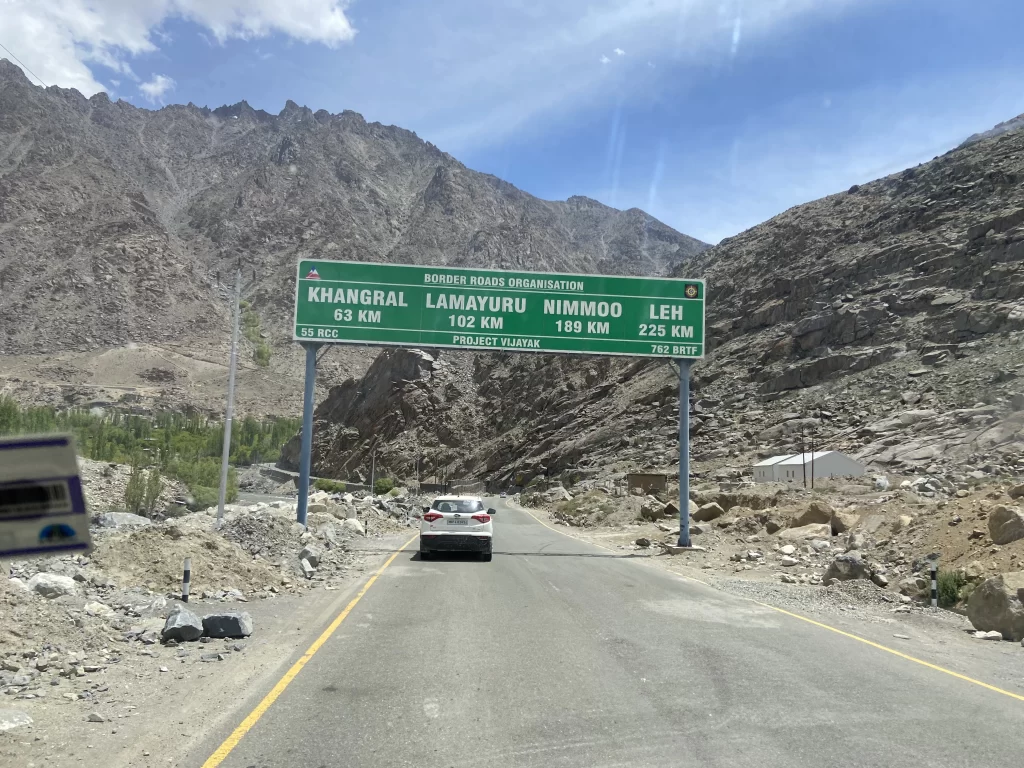
The Kargil War Memorial is located approximately 160 km from Srinagar, the capital of Jammu and Kashmir. You can reach the memorial by hiring a taxi or taking a bus from Srinagar. The journey itself offers breathtaking views of the Himalayas, making it a scenic drive.
Remember: The weather in Dras can be harsh, with temperatures dropping below freezing during winters. It’s advisable to check the weather conditions before planning your visit and pack accordingly.
A Silent Tribute: Respecting the Fallen Heroes
Be mindful: The Kargil War Memorial is a place of immense respect and remembrance. It’s important to maintain silence and avoid loud talking or boisterous behavior.
We understand the urge to capture memories, but please refrain from taking selfies or indulging in frivolous poses.
A solemn walk through the memorial grounds and a quiet moment of reflection are the most befitting ways to pay your respects.
Including the Kargil War Memorial in your Kashmir trip is more than just sightseeing. It’s a chance to pay homage to the sacrifices made for our nation’s security and to carry a part of their valor within you.
Celluloid Salute: Lakshya’s Enduring Tribute
In the tapestry of Indian cinema, certain films transcend mere entertainment and become cultural touchstones. Farhan Akhtar’s 2004 directorial debut, “Lakshya” (meaning “Aim” in Hindi), falls into this category. Released just five years after the Kargil War, the movie struck a chord with audiences by portraying the journey of a young man, Karan Shergill (played by Hrithik Roshan), from a directionless slacker to a dedicated soldier.
A Mirror to Society
Lakshya doesn’t shy away from portraying the initial apathy and lack of purpose prevalent among a section of Indian youth. Karan’s journey reflects a societal struggle – the search for meaning and purpose in life. However, as the narrative unfolds, his transformation into a responsible and courageous soldier echoes the spirit of the Indian Army during the Kargil War.
Beyond the Battlefield
While the movie features thrilling battle sequences and pays homage to the sacrifices made by soldiers, Lakshya’s brilliance lies in its exploration of human emotions. It delves into themes of love, loss, friendship, and the importance of finding your true calling.





